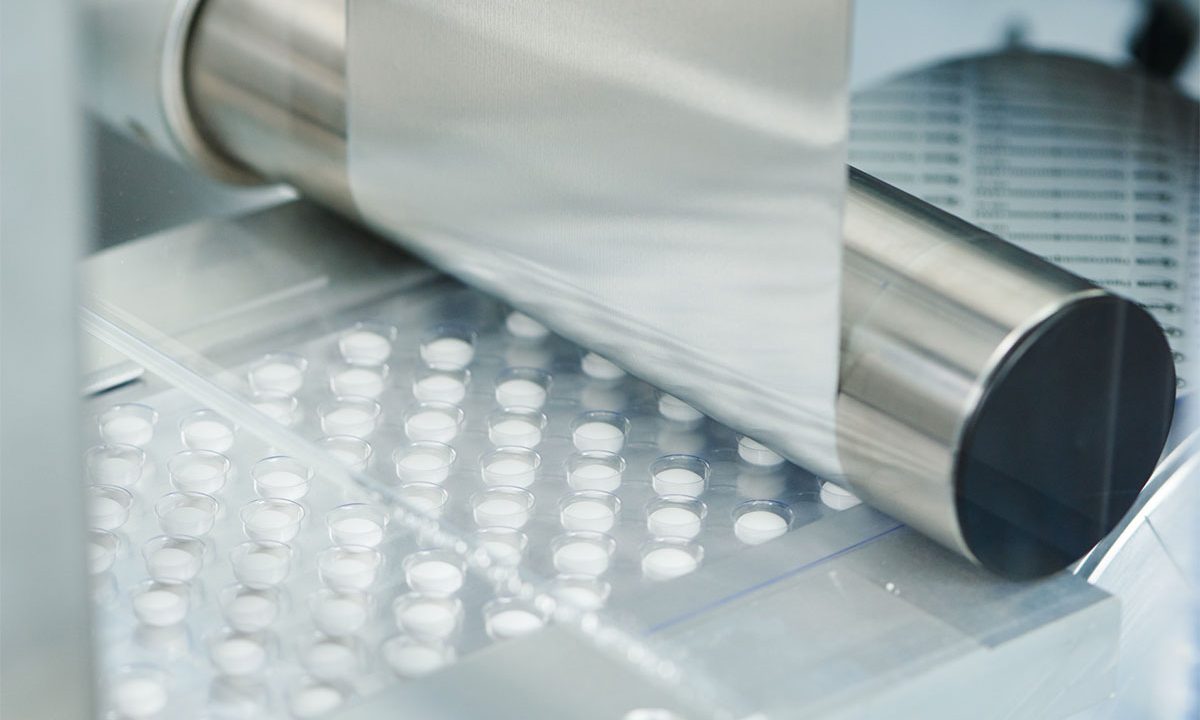Drug manufacturing businesses across the globe are dependent on blister packs to ensure uniformity, safety, integrity, and purity of the packaged products. But, the criteria can only be met if the blister seal remains perfectly intact till the end of its shelf life, i.e. about two to five years, on average.
The blister seal is the only thing standing between impeccable medication and contaminated dosages, between cure and accidental fatality. Hence, every pharmaceutical packaging team shall have not only the perfection in design knowledge but also a set of foolproof tools.
We, as Asia’s largest pharma-packaging solutionists, having over two decades of experience, amassed a great deal of information about achieving a perfect blister seal. In this blog, we have shared our top eight tips for achieving and maintaining a perfect blister seal, right from packaging to the end of the shelf life.
1. Match your packaging materials
The choice of materials for product packaging depends largely on two factors – the cost of the material and the amount of protection needed from external elements to maintain the integrity of the products.
However, pharma companies also need to consider the compatibility of base and lidding materials to ensure seal integrity. Your packaging material supplier will be able to advise you on the optimum material combination. For example, as a general rule, any lidding material that is compatible with PVC won’t be a match for PET.
Moreover, it isn’t possible to seal directly to PCTFE(Polychlorotrifluoroethylene), because of its temperature tendencies, that curl up the aluminum sealing bed and destroy the card. You will need a special coating or a PVC layer to ensure a strong bond with the lidding material.
2. Maximize the seal area
To ensure a strong seal, you need to create a maximum seal area. It is recommended that packs should be designed with a minimum of 5mm between each cavity. The same should be maintained to the outer edge of the card.
To improve sealing surety, you can also seal across a larger area first and then cut off the excess so there are no weak points.
3. Select the sealing system carefully
The sealing system plays an important role in ensuring the quality of the seal. You can use either intermittent platen or rotary sealing methods. Each has its pros and cons.
For example, intermittent systems need higher pressure and longer sealing times. But, they tend to seal at lower temperatures due to the longer sealing times. One of the major disadvantages of using an intermittent platen system is that air can get trapped in the blister pockets. This can compromise the seal aesthetic. The seal integrity is maintained but with a pop sound on every dispension. You might know the regulation about not buying food and pharmaceuticals with puffed packaging, except potato wafers!
On the other hand, the rotary sealing systems run at higher speeds compared to intermittent platen systems. The seal can be applied in a shorter time and at a lower pressure. These systems use higher temperatures. With a roller compatible knurl design the blisters can achieve a perfect seal. Thus, this system is the preferred sealing method for thermoforming packs.
4. Optimize your sealing parameters
Every material combination that you use will require a specific dwell time, pressure, and temperature to achieve an optimum seal. And identifying the correct parameters is only half the job done. The bigger challenge lies in ensuring that the force is evenly distributed over the sealing surface.
Thus, you should optimize your sealing parameters in such a manner that the force gets evenly distributed over the packaging surface. You need to ensure that the upper sealing tool applies heat uniformly and activates the adhesive layer evenly to ensure a perfect blister seal.
5. Consider knurl pattern
Knurling is a finishing process used to create a combination of line patterns, horizontal, vertical or crossing, on the surface of the seal. The choice of the knurl pattern plays a vital role in determining the seal integrity.
You can use a pyramid knurl design on platen seal packs. However, you need to use a flat top knurl to avoid rupturing the material layers being sealed. While it works better on high speed roller blister machines. This can happen when too much or uneven force is used. This leads to the knurl puncturing the lidding foil.
6. Maintain sealing plates
You need to maintain the sealing plates to ensure the integrity of the seal for a long time. Anodised aluminum plates need to be removed and re-anodized from time to time to maintain sealing quality. This needs to be done frequently on blister packaging machines running printed materials. If not done, it can lead to ink buildup which can distort the knurl pattern. This can lead to the weakening of areas across the seal and micro-channeling.
7. Perform integrity testing
This is a critical step in ensuring and verifying the seal strength. You need to check for any capillaries that may be present in the seal and any other defects that may be caused during the packaging process.
To perform integrity testing, there are a number of destructive and non-destructive tests available. Each of the tests varies in factors such as the cost and the technology involved.
One of the most commonly adopted methods is the blue dye test. The method is cost-effective and easy to implement. That being said, the method also has certain drawbacks. For example, the method is highly subjective and leads to a lot of waste. Thus, drug manufacturers are looking toward other integrity testing methods.
For example, camera-based performance integrity testing provides greater efficiency compared to the blue dye test. Thus, a large number of pharmaceuticals are opting for this method.
8. Consider post-production processes
Before the blister leaves the line, it is important to consider any other processes the blister will be subjected to afterward. If not, this can reduce the integrity of the blister seal and make the drug unfit for consumption. For example, some blister packs are sterilized using gamma radiation to prevent contamination from external factors.
These were our top tips that can help you achieve a perfect blister seal. If you are looking for more such tips or a blister packaging partner, feel free to contact us.



